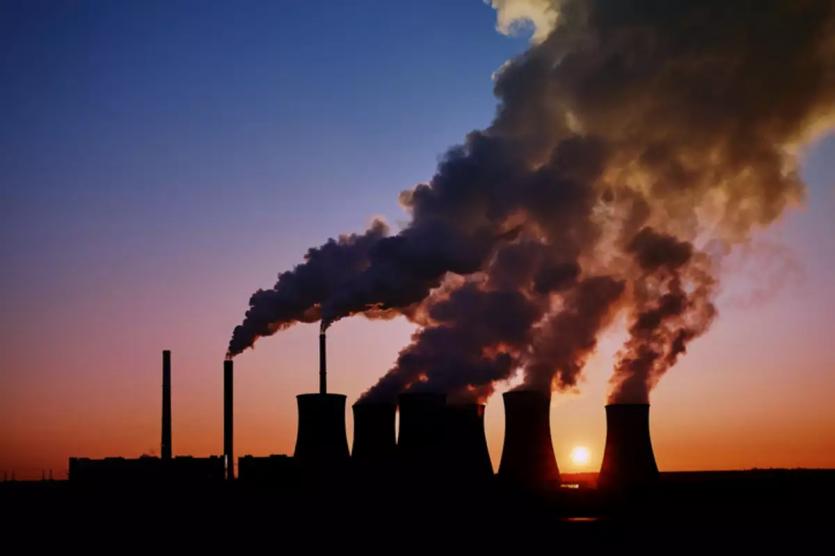Photo: TWD
Climate Neutrality by 2050 to be made binding by EU – Agreements to be made
By Patryk Krych | The World Daily | OCTOBER 20th 2020
The European Union environmental ministers have yet to come to an agreement involving a potentially legally binding promise to achieve climate neutrality by the year 2050. Discussions on just how tough the emission cuts will be is to be decided later this year, in December.
The implications of writing the recent promise of climate neutrality by 2050 into European law has several positive implications, and could be argued as an attempt to try and make up for the largely soured Paris Climate Accords – which many countries have struggled to keep up with following the United States’ retreat from the accords in 2017.
The terms of the Paris Climate Accords were to have a certain lowered set of climate emission rates by the year 2030. With the year inching towards an end, and the emission rates yet to be noted, the EU environment bloc is now putting more focus on the idea of achieving net zero greenhouse emission rates by the year 2050 – the long term goal of the accords. This promise may yet be bound into law, though the ministers have yet to reach an agreement on this issue.
The major decisions among the bloc are made via consensus through all 27 of its member states, and in the same manner, this decision will also be made through these means. One of the members of the European Parliament from Germany, Michael Bloss, said that “we are ready” for the initiation of the negotiations, in reference to the upcoming drafted laws.
The draft proposal is being based off the talks that will be held on Friday regarding the legal binding of the agreement, which would mean that the emission targets would be set equally across all of Europe. Countries would not be getting individual deals or relief on their climate targets for the year of 2050. This is where the negotiations are likely to come into play, as the European Parliament will have to approve the draft law before it’s set into motion.
There is also an expectation for severe negotiations with European lawmakers who will be all means be looking for a way to have the laws appeal to each country on an individual basis – giving unique targets to varying countries, depending on their situations.
It was agreed that the effects of the 2050 binding emissions target will first be investigated in order to determine how every country will react and change over the next three decades as a result, before it’s put into legal bindings, leaders agreed the previous week during a summit. Countries that rely rather heavily on coal power, such as Poland, are in especial need of such investigation to determine what changes would need to be developed.






